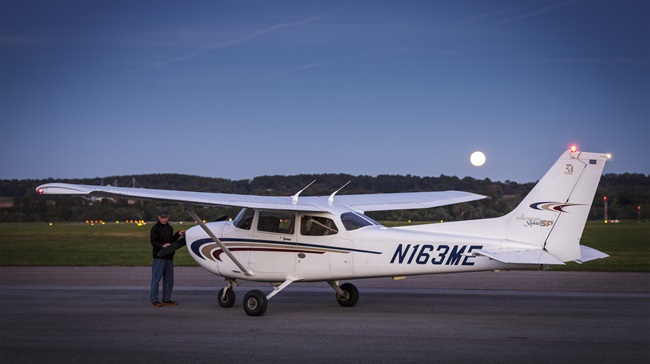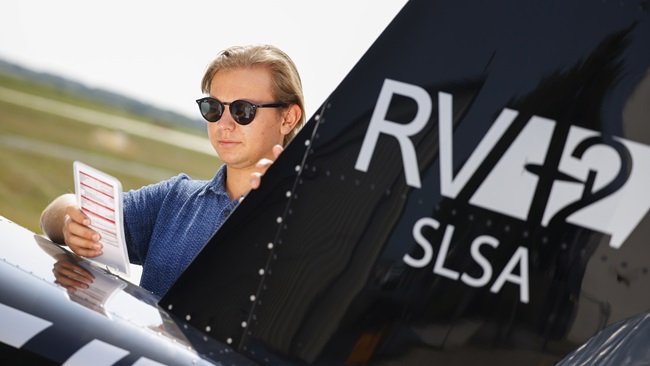Voice in your head

I needn’t have worried. Less than two weeks after my first instructor’s departure, I’d flown day and night cross-countries with my new instructor and was gearing up for a familiarization flight into the Washington, D.C., Special Flight Rules Area. My new instructor brought a different perspective to everything from preflight inspections to cockpit flows, and she stuck with me through my checkride and post-checkride proficiency flights.
In “Recognizing Excellence in Aviation,” Niki Britton and Jill W. Tallman show us how the nation’s best flight schools and instructors welcome pilots into the family of aviators. Every year after the Flight Training Experience Award winners are announced, customers flock to these providers, who stand out in areas of educational quality, customer focus, community, and information sharing. For many of us, however, instructor choice is limited by geography and availability. Sam Winer explains important considerations for choosing an instructor in “The Right Fit,” p. 48, but all that research is moot if you can’t find an instructor with the time to train you. And, even if you find your perfect instructional fit, losing a CFI to the airlines is an aviation rite of passage.
That doesn’t mean we’re left with the scraps. Many capable, knowledgeable instructors around the country can prepare you for your checkride and a fulfilling flying life. Each taps into a different set of skills and experiences to contribute to your learning and help you become a safe and competent pilot.
The FAA certifies some 8,000 new instructors each year, but because so many pilots instruct to build time on their way to an airline career, new CFIs are often viewed with skepticism. A 250-hour instructor doesn’t come with a lifetime of flying experience, but they’ve just been through the crucible of a CFI checkride where their skills and knowledge must be sharp. I recently flew with a new CFI just weeks after his checkride. He assigned me homework, targeted the training to the skills and procedures I wanted to review, and offered tactful reminders when I skipped a memory item. Qualities like preparation and professionalism are independent of experience level.
Flight students entrust their instructors with their lives and their learning, and most CFIs take that responsibility seriously. Some don’t. If an instructor ever makes you feel unsafe or unwelcome, take your business elsewhere.
Sometimes a student-instructor pairing just doesn’t work. Another instructor might help certain concepts click, and the handoff can happen with no hard feelings. But instructor-hopping in pursuit of perfect compatibility can waste time and precious training dollars. There’s no one best fit for a student, and working with CFIs who see things a little differently can challenge us to grow.
Years ago, I started my instrument training with one instructor, took a break, and returned later to finish the rating with another instructor. Although both CFIs covered basic attitude instrument flying, IFR procedures, and approaches and we flew in the same airplane, their philosophies were worlds apart. The first was methodical, procedurally minded; the second believed in bottom line up front. Both were experienced, knowledgeable instrument instructors, and neither approach was wrong. After a moment of instructional whiplash, I embraced the complementary approaches and finally got a handle on flying holds.
An instructor’s influence stretches well beyond the training environment; we’ve all heard a CFI’s voice in our head coaching us through a landing or urging right rudder. Seek out those instructors who model sound decision making, make flying fun, and prepare you to tackle your aviation goals. If they leave for the airlines, that voice in your head remains.
Editor Sarah Deener has flown with at least a dozen CFIs for training, flight reviews, demo flights, and more. Her favorite? She's not telling.
[email protected]



